
Physical security is changing at the speed of light. Every...
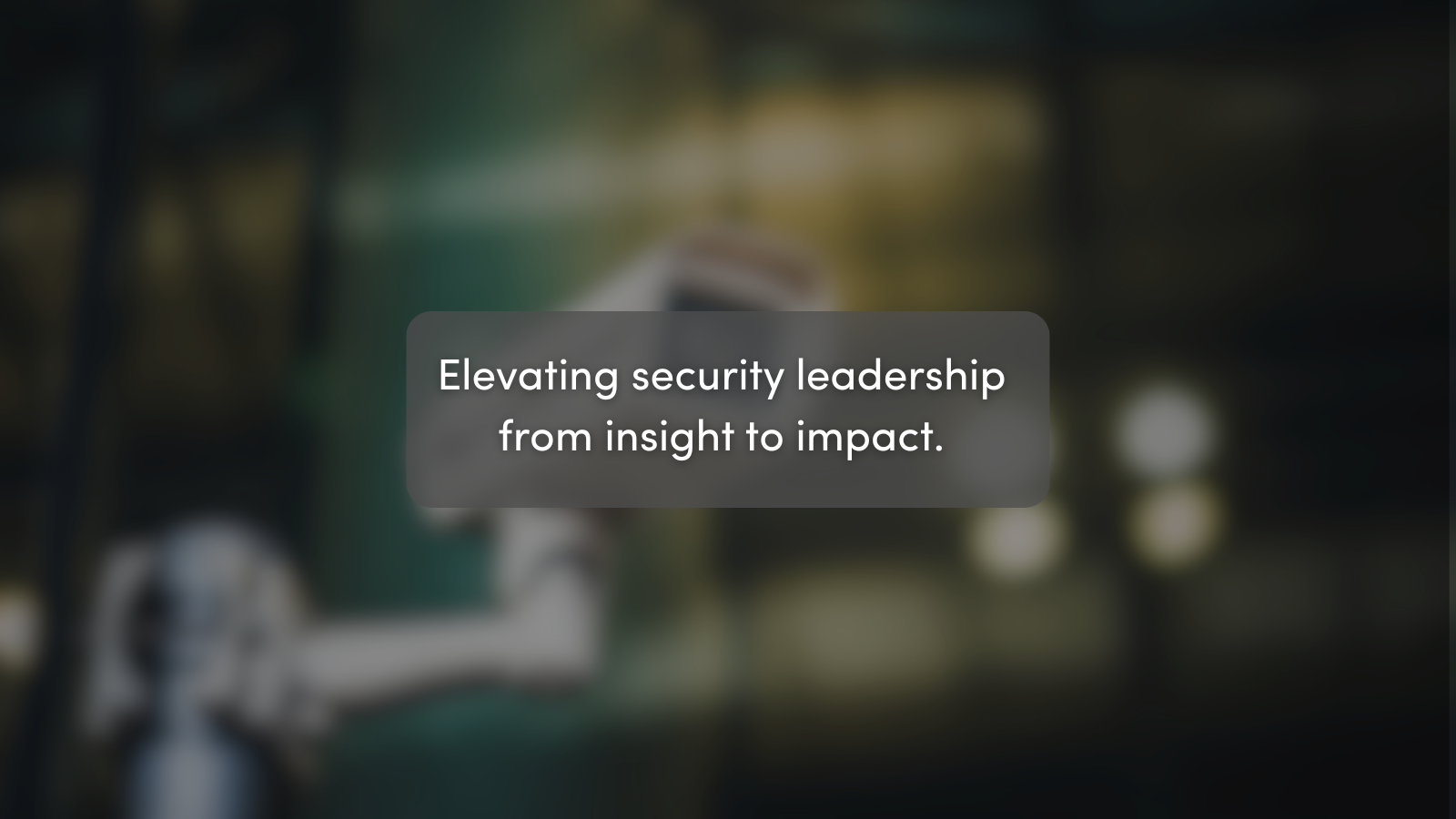
Teri Dorman, CPP Sr. Regional Safety and Security Manager With...
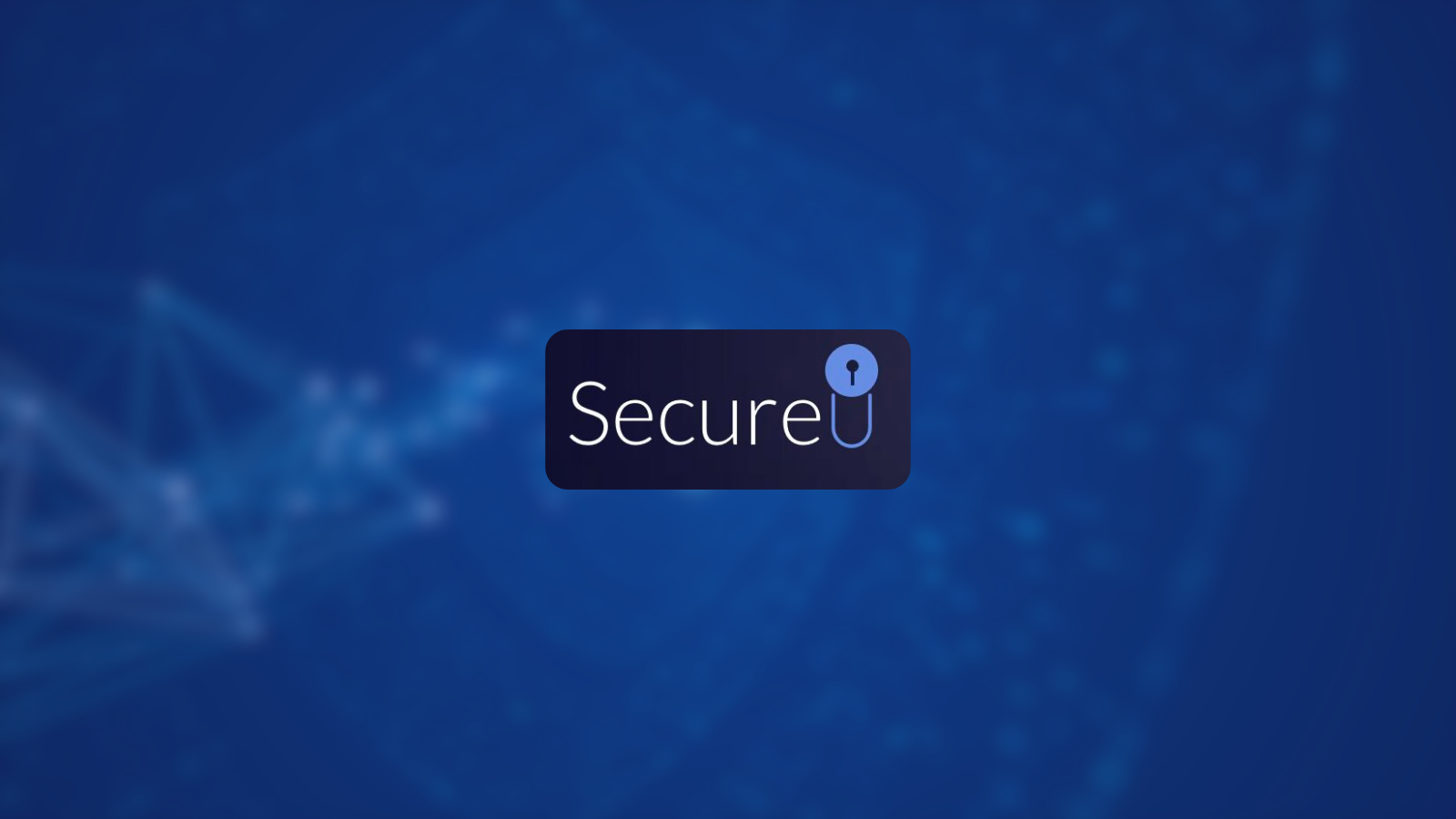
Sholomi Farrell, CISM Sr. Security Operations & Technology Leader In...

James Byrd, CPP, CEFP Director of Deacon One at Wake...
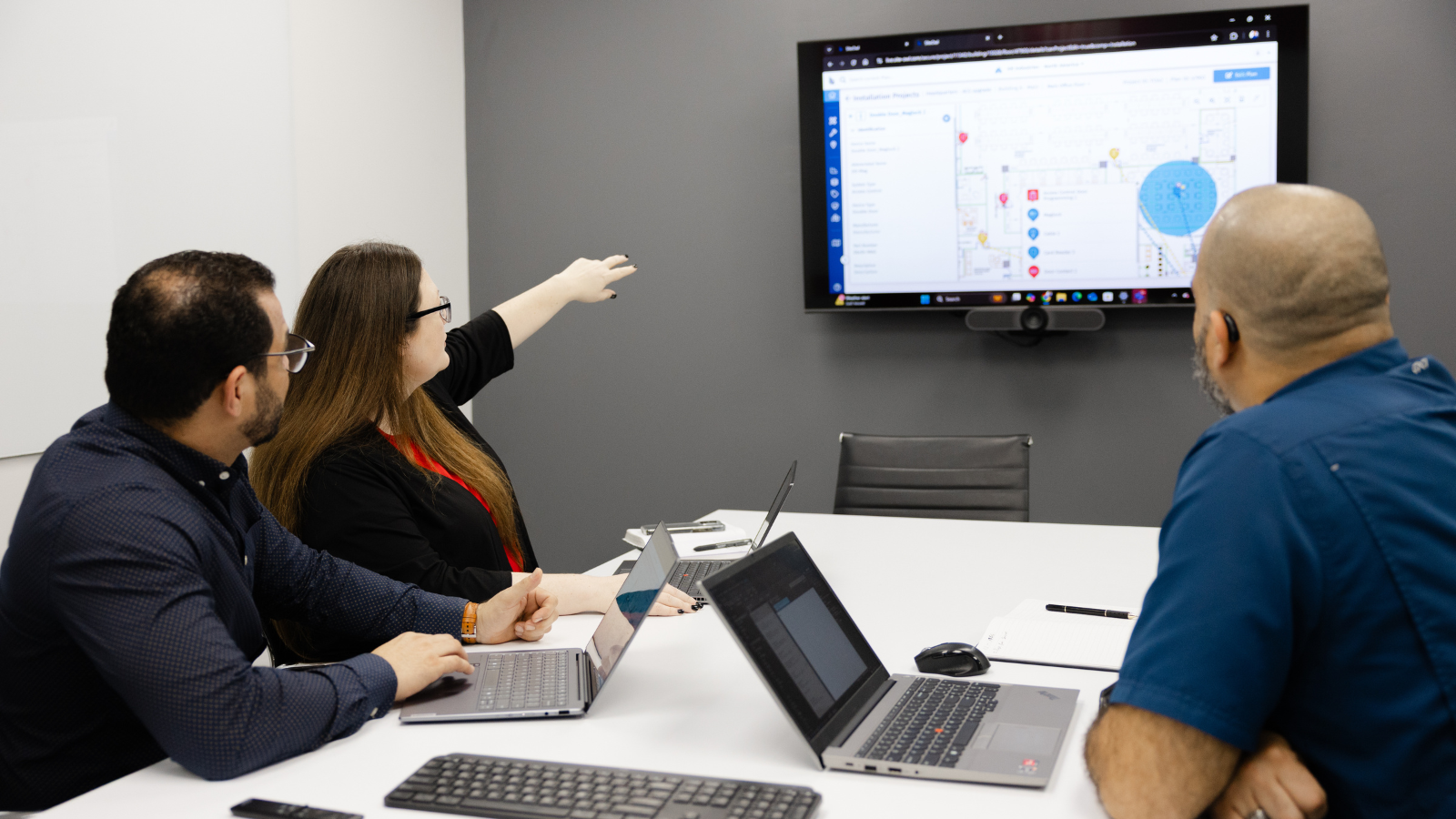
Mergers and acquisitions (M&A) are set to accelerate in 2025,...
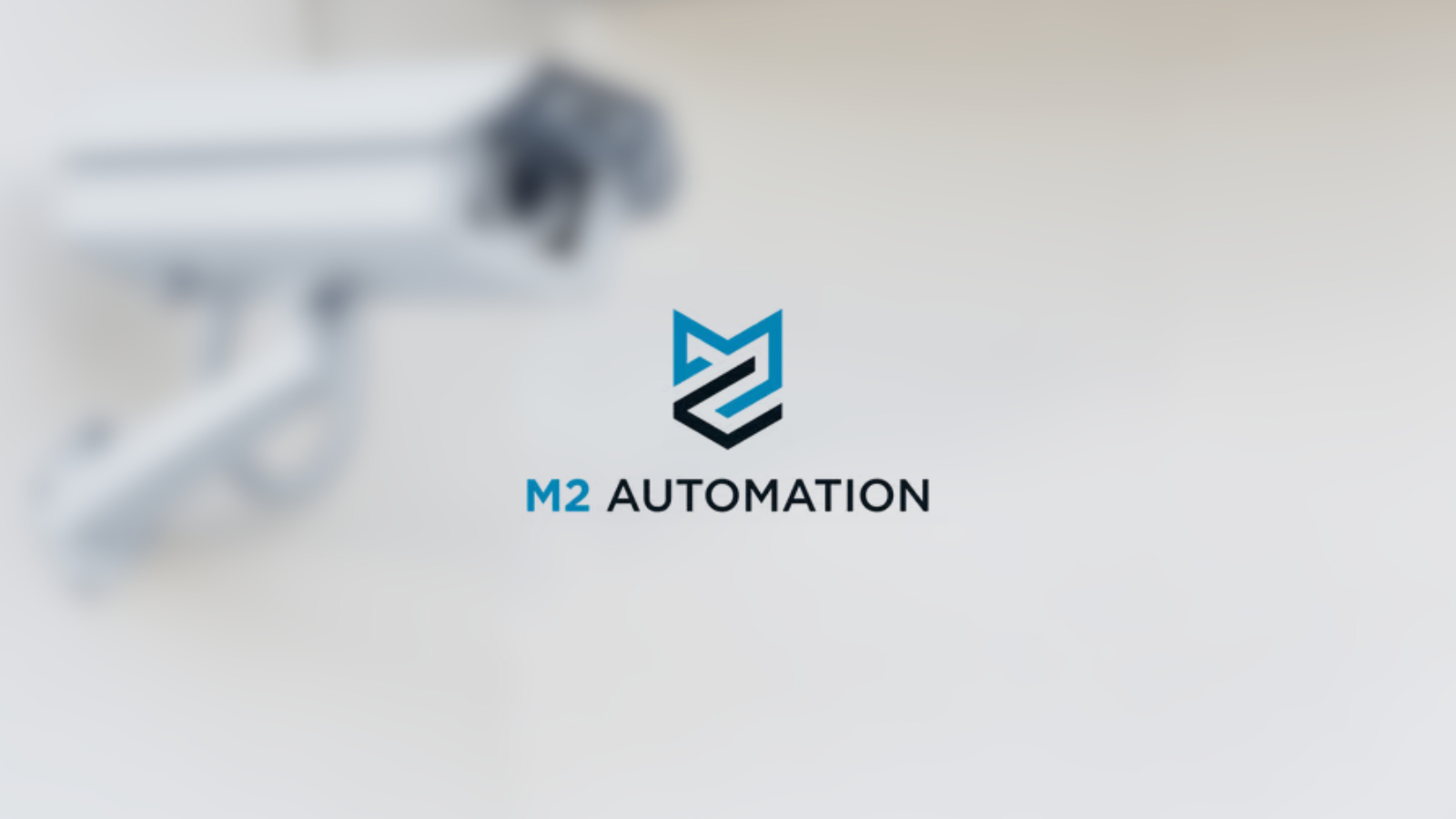
The security industry is tough and relentless. Succeeding in this...
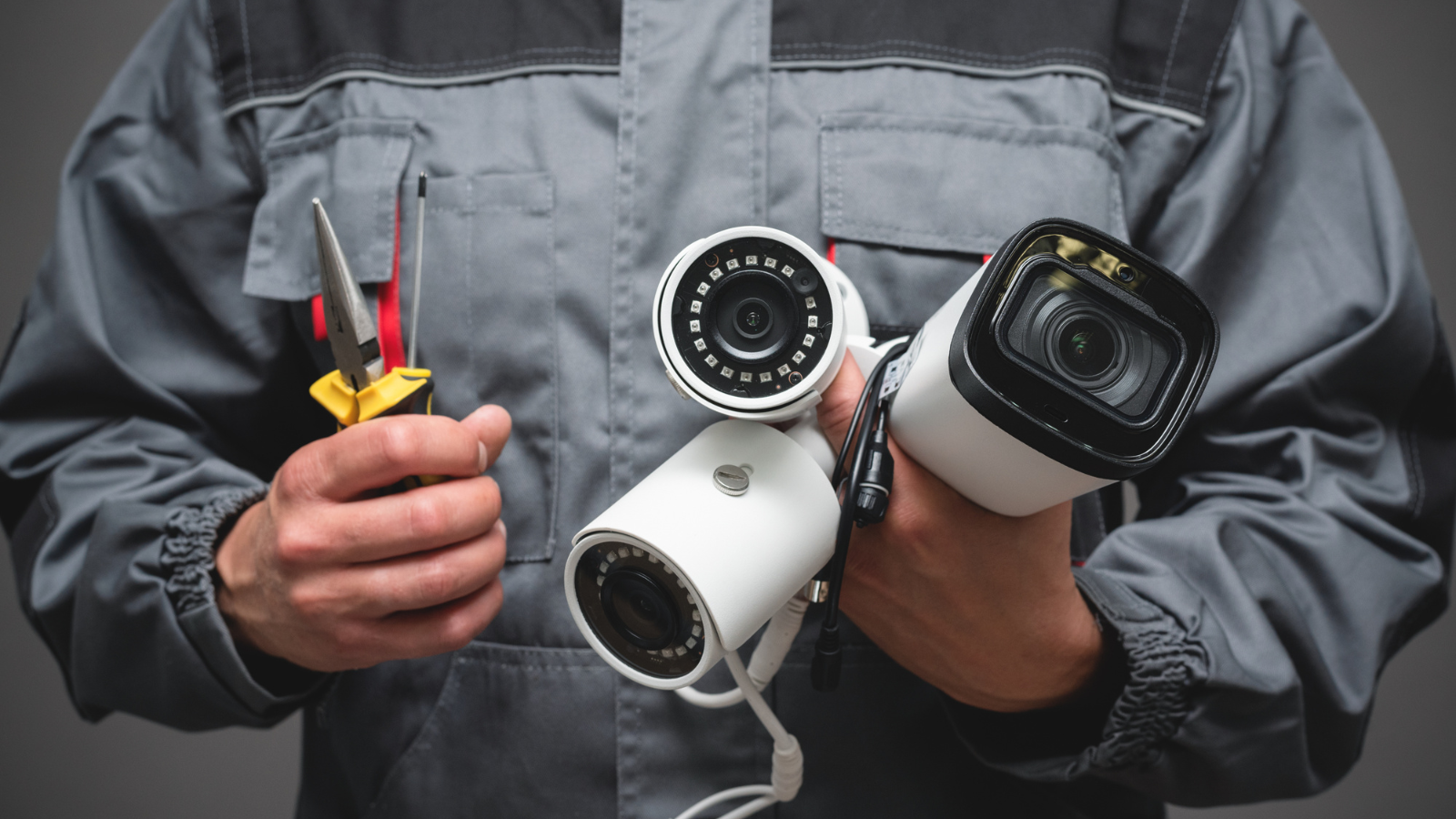
The security industry is shifting fast, and integrators must adapt...

The physical security industry is at a crossroads, and integrators...

AI is rapidly transforming physical security, offering intelligent and proactive...
